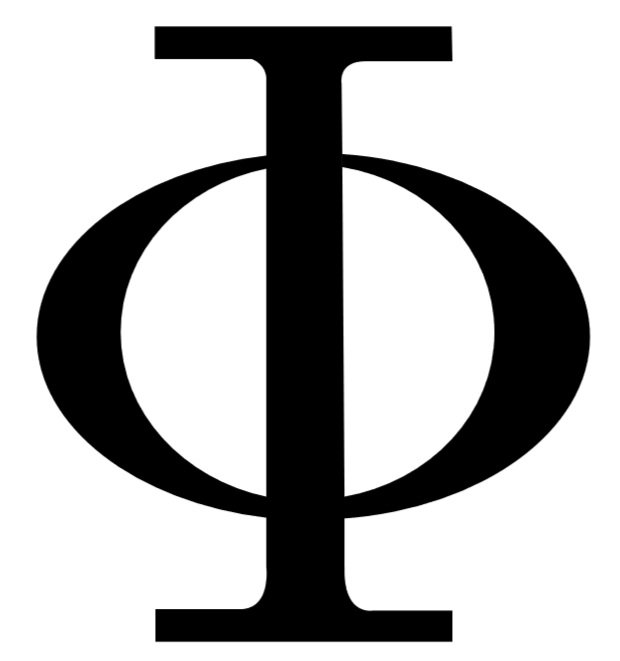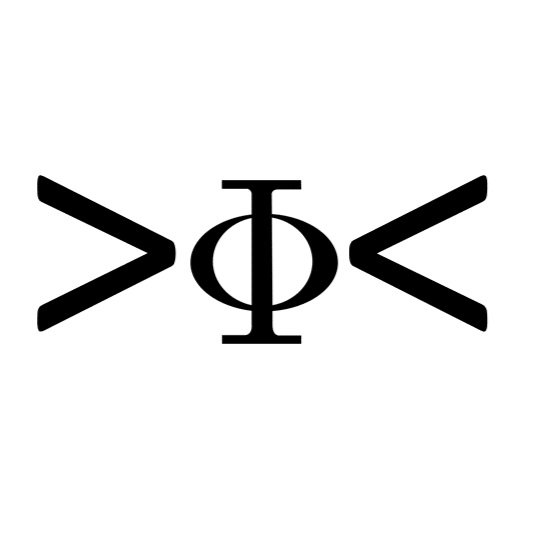Join The Millennia Challenge
The Millennia Challenge involves solving the Value Problem: how to decide the best use of a thing or its greatest value in use.
Despite broad agreement that the world is on the brink of multiple “disastrous” tipping points, our leaders continue to look for solutions in the idea of exchange value and the belief that perfect markets are the best way to determine the best use of a thing.
Popular solutions to climate change continue to be coded in the language and logic of exchange value - producing, consuming and exchanging - only now “sustainable” things, markets or within planetary boundaries.
Make no mistake, humanity is in the midst of a value crisis. Organizing corporations around the concept of exchange value is making the planet unlivable. The solution to humanity’s greates threatest lies in the place few have looked in the past 300 years - value in use.
But what is value in use and what is the relationship between the use of a thing and a healthier planet? That’s the problem. Economists don’t know and don’t care. That’s why we set the Millennia Challenge.
The Millennia Challenge is a competition to solve the Value Problem: how to decide the best use of thing or its value in use. We have chosen to represent value in use in our work with the Greek letter Phi ( Φ).
There is only one condition to be awarded a prize. The test is that the solution to the best use of a thing be more probable than the economists solution to the best use of a thing - perfect markets. A solution that, no matter how many times is repeated, the planet refuses to prove as correct.
Our proposed answer will be published here. Inspired by the physics of change and the language and logic of life our solution is based in three key ideas:
Value in use is energy in its socially useful form.
Value in use is stored in multiple forms of capital.
The best use of a thing is that which generates the greatest value in use captured in all the possible capitals. Put another way, the best use of thing is that which enables an individual corporation and society to better make change or deal with change.
Each of these ideas is expanded on and developed in the Millennia Challenge Series.
I am not an economist or scientist. The ultimate goal of Tunjic Legal and Commerical is to construct an alternative theory of the corporation, corporate law and corporate governance based on the idea of value in use and not value in exchange.
Our Research Agenda
Corporation’s maximizing profits and individual’s maximizing their preferences is the core idea behind mainstream ideas about corporations, corporate governance and corporate reporting.
We argue this approach has generated a value crisis:
If a corporation (or society) transforms capitals with a greater value (work capacity) than money into money, the transformation is inefficient. The result is more money and profit but less available value. In practical terms, this means the corporation is producing less capacity to do work in the future. This paradox is at the root of neoclassical economics and law. Rather that capitalize resources it leads to an overall decapitalisation. More profit but less capacity to bring about positive change. A paradox that leads to what we call a value crisis that broadly threatens existence.
To solve the crisis we are updating the ancient concept of value in use. The property of a thing that makes change possible or energy in its social form.
Self funded and independent, we’ve been quietly working for decades connecting the new science of value in use to Australian corporate law and corporate governance. Our current goal is to publish a compelling theory of value as the first step toward generating a more accurate and healthier theory of the corporation.
on Directorship is the initiative of Tunjic Legal and Commercial Pty Ltd. The incorporated commercial law practice of Peter Tunjic.
KEY FINDINGS
Our propesed symbol for value in use
On Value In Use
“Value is a property of a capital that can be transferred to do socially useful work .”
“there may not be not an ounce of matter in value, but there is a pound of force.”
“the notion of value in use, interest in corporate law and energy in science are all expressions of the same thing.”
“Value is a quantitative property of a capital that is transferred to perform work or bring about change.”
Anything that stores or accumulates socially useful energy for later use is a “capital”. The capitals include; social capital, natural capital, human capital, intellectual capital and financial capital.
“Social, intellectual, financial and all other forms of capital are stores of value in use or “interest” in corporate law”
“The universal measure of equivalence between all capitals is not money - it is the amount of socially useful energy concentrated in each form of capital.”
On Value in Exchange
“The psychological phenomenon of groupthink explains why, in the face of growing disquiet and discontent with the belief in maximizing shareholder value, the corporate governance industrial complex, remains not only entrenched, but increasingly active in defending the status quo and maligning the alternatives.”
“Sadly, smoking and maximizing profits have more in common than just an effective marketing campaign. Shareholder primacy is the cause of the corporate equivalents of cancer and mental illness- decapitalisation and cotard’s syndrome. But, unlike the doctor who promoted smoking in the 1940’s, the economists not only promoted the idea that the social purpose of the corporation was to increase profits, they manufactured it and groomed generations of business leaders to execute the plan.”
“If the conclusion were not absurd, I'd think that Milton Friedman and all those who have stood on his shoulders had lost their minds and were under the mistaken impression that they too were under a duty to maximize shareholder value.”
On Value Generation
The physics of value in use gneration
Value is generated or destroyed when a store of value or capital is transformed. The science of value creation is called “capital dynamics”.
“All capitals contain a certain concentration of value in use, that varies according to their properties and characteristics (exhaustability, fungability, transferability, convertability etc).
“Value or capital dynamics is the emergent study of energy in its social form – value in use. The field examines the relationship between value in use, work, the forms of capital in which value accumulates, the concentration of value in each form of capital, the entropic and other qualities of each form of capital and the conversion of value between different forms.”
“Capital dynamics logically explains why the planet is in a period of decline, how to reverse the process and how to recapitalise”.
“value is generated or destroyed when value gradients collapse”
On Corporations
The symbol of the dynamic corporation
“if value is energy in its social form, the modern corporations is the peak prime mover or value converter- an incorporeal engine.”
“In a thermodynamic sense, incorporation is disequilibrium. The legal concept of limited liability is another way of saying that corporation is a low entropy open system that is not in equilibrium with its surroundings. And like other low entropy open systems, corporations avoid equilibrium (the legal idea of deregistration) by sourcing energy from their surroundings (stakeholders) and storing energy in their capitals for the future.”
“Prima facie, to act in the best interest of a corporation is to discharge a duty or exercise a power in such a way that the value (socially useful energy) available to the corporation increases rather than decreases over time.”
On Corporate Law
The purpose of corporate law is to empower and enliven by providing the framework for the existence an artificial (but ontologically real) entity capable of transforming and dissipating socially useful energy through out society.
“For the invisible hand, and therefore capitalism to work, corporations needed to be free to act in their own best interest too. In a free market system, the needs of the shareholder are satisfied out of the needs of the corporation. The shareholder’s share of wealth created by the corporation is commensurate to the needs of that corporation, not the needs of shareholder. More importantly, a corporation should be free to elevate the priority of any other stakeholder if that was in its interest.”
“The purpose of a corporation is to be a corporation.”
“The history of capitalism is thus the history of how society has discovered new capital sources and developed new ways to transform all forms of capital to create more potential for positive change, or in the language of business - value in use.”
“Law and science promotes the corporation to its place among the stars. Both energy structures that dissipate energy that powers life.”
“Capitalisation is to a corporation what fusion is to our sun, photosynthesis is to plants and metabolism is to humanity. All can be considered dissipative open systems, governed by the laws of non-equilibrium thermodynamics, that rely on flows of energy to exist and grow. The twist in this story is that like the sun and plants, corporations also serve a social purpose despite having no conscience or awareness of duty or responsibility. Serving humanity obliquely by transferring and transforming energy and passing it on to society in more socially useful forms. The unintended and largely unrealised genius of the modern corporation is social purpose without social responsibility.”
On Directorship
The DLMA Matrix by Peter Tunjic
Directorship is the process of generating value in use within the board of a corporation.
We propose directorship as the fourth organizational discipline alongside leadership, management, and assurance (corporate governance).











